The vibrant and eclectic hues of car interiors from the mid-20th century reflect a unique era in automotive history. During this period, manufacturers experimented with bold colors and patterns, a stark contrast to the more subdued palettes commonly seen today. The factors that led to this colorful trend in car interiors, as well as the reasons for its eventual fade, offer a fascinating glimpse into the cultural and technological shifts of the time.
The Rise of Colorful Car Interiors
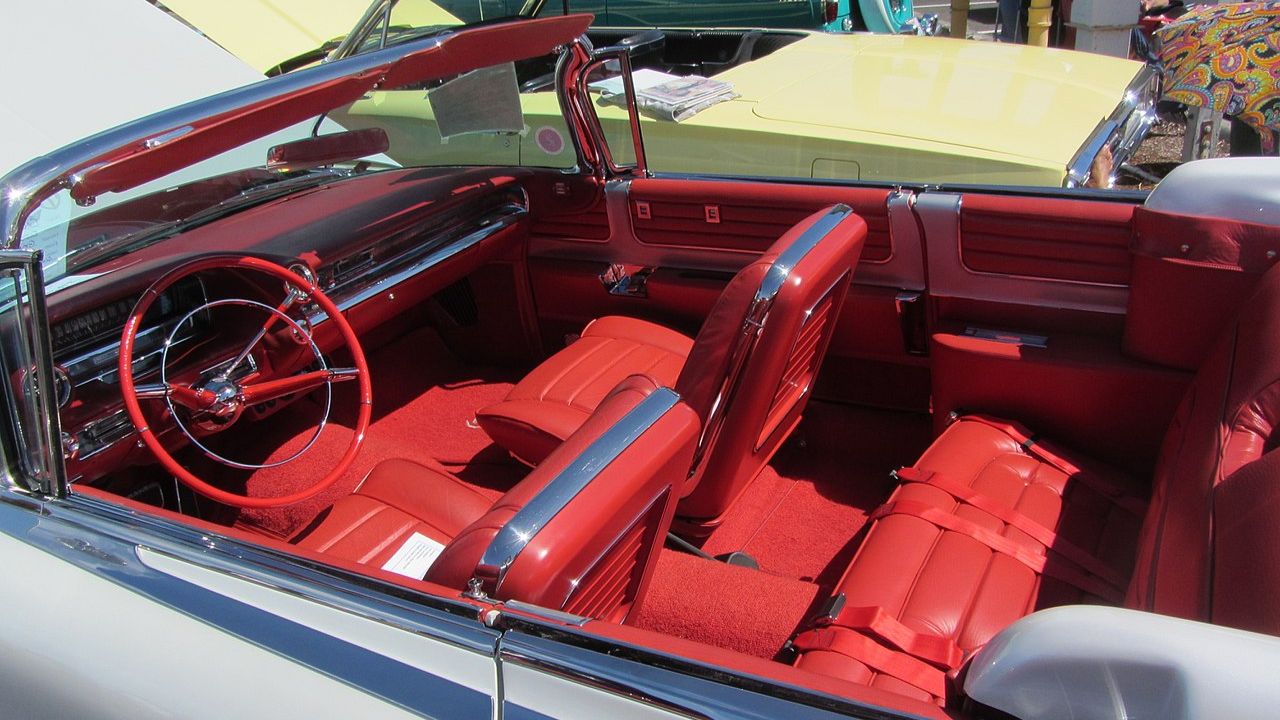
Post-War Optimism
The post-World War II era was marked by a significant economic boom, giving rise to an atmosphere of optimism and innovation. This prosperity was mirrored in the automotive industry as manufacturers sought to attract consumers with bold and eye-catching designs. The vibrant car interiors were a direct reflection of this newfound confidence, with companies like Ford and Chevrolet leading the charge in offering vehicles that stood out on the road. The competition among automakers became fierce, as each sought to outdo the other in terms of style and appeal.
Cars from the 1950s and 1960s, such as the 1959 Cadillac Eldorado, featured interiors that were just as striking as their exteriors. The use of bright reds, deep blues, and dazzling greens was not just a design choice but a marketing strategy aimed at capturing the spirit of the age. This trend was also fueled by advances in materials and manufacturing techniques, allowing for a wider variety of colors and patterns to be produced more cost-effectively.
Technological Advancements
Technological advancements played a crucial role in the proliferation of colorful car interiors. Innovations in fabric and plastic production meant that a wider palette of colors and patterns was suddenly available to car designers. Companies could now experiment with textures and hues that were previously difficult or too expensive to produce. The introduction of new materials like synthetic fabrics and vinyl also allowed for more durable and vibrant interiors.
One notable example is the use of vinyl in vehicles such as the 1961 Chrysler New Yorker, which combined bold colors with durable materials that were easy to maintain. These technological advancements not only made colorful interiors feasible but also affordable, significantly impacting consumer choice and preference.
Influence of Fashion and Culture
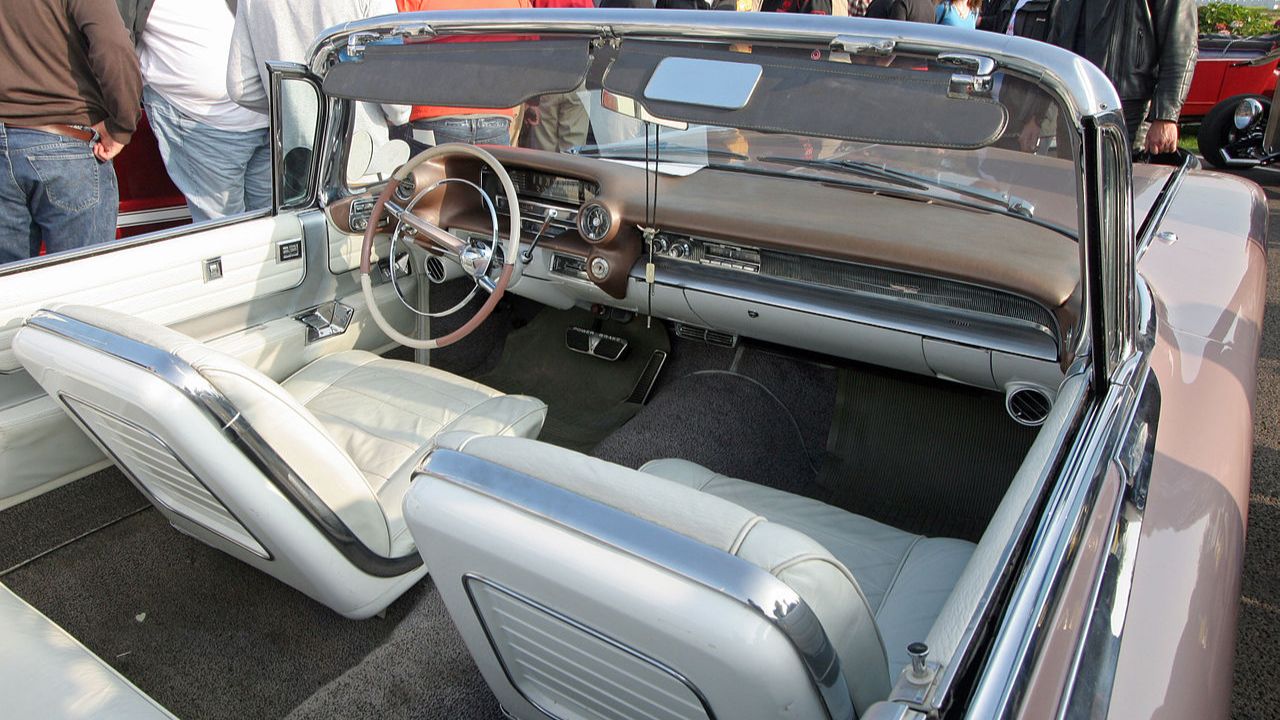
Impact of the Fashion Industry
The fashion industry had a profound impact on the design of car interiors during this period. The bold styles of the 1950s and 1960s were mirrored within the automotive world, with car designers often drawing inspiration from fashion capitals like Paris and Milan. The vibrant patterns and colors popular in clothing and home décor found their way into the automotive sector, aligning cars with the latest styles.
This cross-pollination of design ideas was evident in models like the Ford Thunderbird, which featured interiors that reflected the haute couture trends of the time. Designers were keen to create a seamless experience between the car and the driver, turning driving into a statement of personal style. Cars became not just a means of transportation but an extension of one’s fashion and identity, as highlighted in various automotive advertising campaigns.
Cultural Shifts
The cultural landscape of the mid-20th century also played a significant role in shaping car interiors. The growing influence of youth culture encouraged carmakers to experiment with daring and unconventional designs. The rise of rock ‘n’ roll, the counterculture movement, and the influence of movies and music all contributed to the demand for vehicles that broke away from tradition.
Pop culture icons often featured in films and music videos, driving cars with interiors that matched their flamboyant public personas. This further cemented the association between vibrant car designs and the rebellious spirit of the era, making colorful interiors not just a trend but a cultural phenomenon.
Marketing Strategies and Consumer Preferences
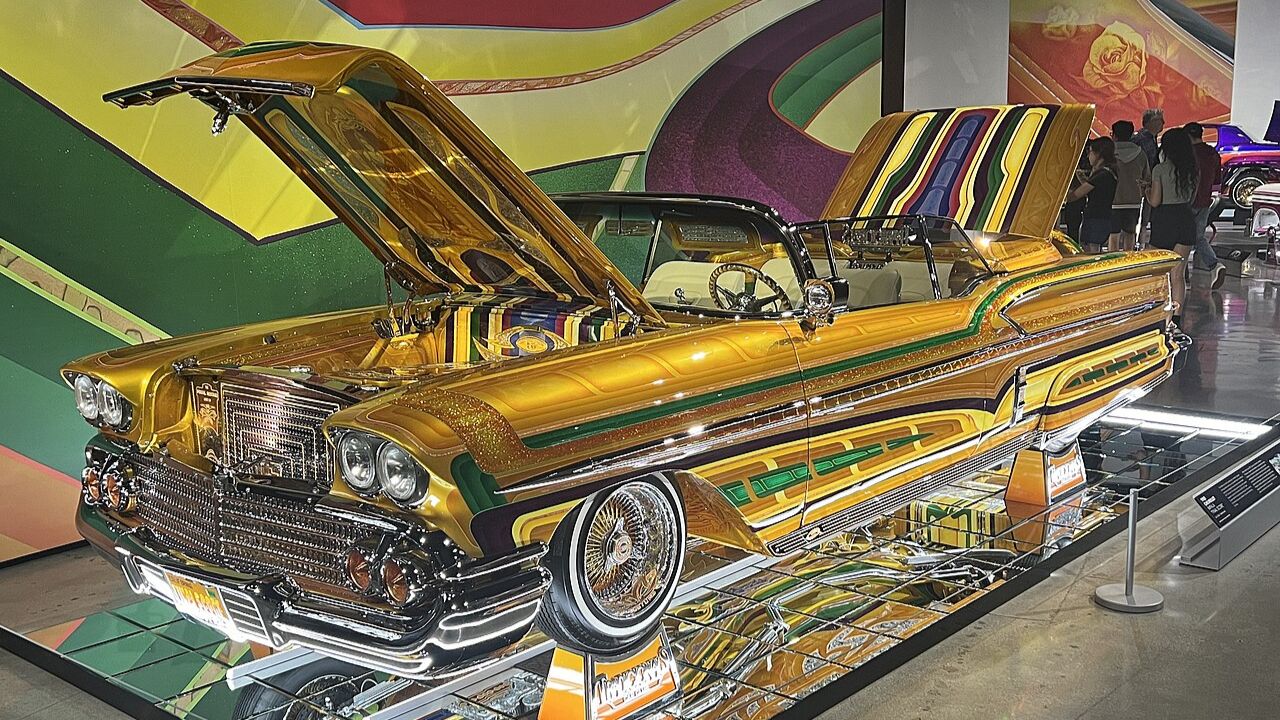
Targeting the Modern Family
During the mid-20th century, car manufacturers targeted modern families by emphasizing the individuality and modernity of colorful interiors. Advertisements showcased these vibrant designs as a reflection of contemporary tastes and values, appealing to the desire for uniqueness and personal expression. Brochures and commercials highlighted dynamic color combinations, turning car interiors into significant selling points.
The strategy of marketing colorful interiors was particularly evident in vehicles like the Chevrolet Bel Air, where brochures touted the car’s unique style and vibrant interior options. The emphasis was on creating an emotional connection with the consumer, tapping into the desire for a car that was both functional and fashionable.
Consumer Desire for Personalization
The trend towards customization played a pivotal role in the popularity of colorful car interiors. As consumers sought to express their personal style, automakers responded by offering a variety of color options and interior configurations. This shift towards personalization allowed buyers to tailor their vehicles to match their tastes, reinforcing the idea that a car was more than just a mode of transport.
Models like the 1961 Chevrolet Impala offered a range of interior colors and trims, catering to diverse consumer preferences. The ability to choose from an array of vibrant hues made the ownership experience more personal and enjoyable, as drivers could select an interior that truly reflected their individuality.
The Shift to Neutral Tones
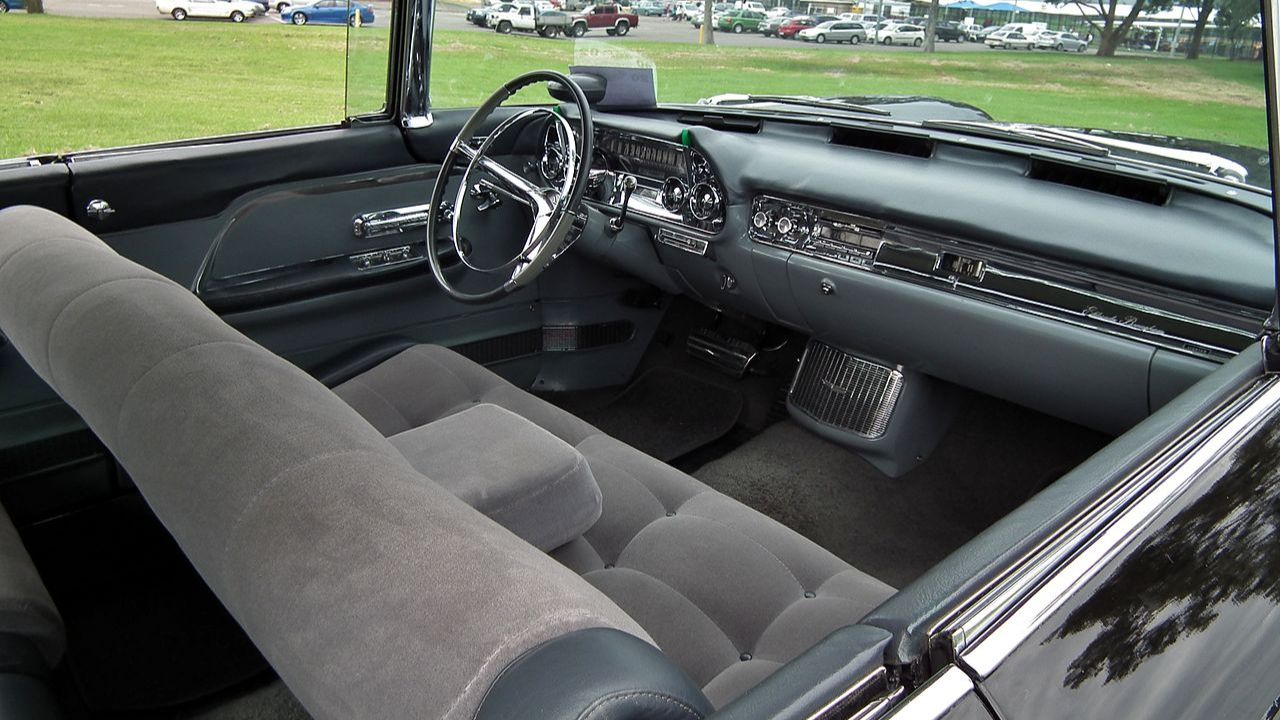
Changing Tastes
By the late 20th century, the vibrant color schemes that characterized mid-century car interiors began to wane. Consumer preferences shifted towards more understated and versatile color palettes, with neutral tones like beige, gray, and black becoming increasingly popular. These colors were seen as more practical and timeless, offering a sophisticated and elegant look that appealed to a broader audience.
The change in consumer taste was also influenced by the perception of neutral interiors having higher resale value. As practicality took precedence over boldness, manufacturers adopted more conservative color palettes, focusing on creating interiors that could stand the test of time and appeal to future buyers.
Resale Value Concerns
Resale value became a significant consideration for both manufacturers and consumers, contributing to the shift away from colorful interiors. Neutral tones were perceived to have a broader appeal, making vehicles easier to sell in the second-hand market. As a result, automakers increasingly opted for more conservative designs, prioritizing functionality and longevity over boldness and flair.
This trend was evident in later models like the Toyota Camry and Honda Accord, where neutral interiors became standard. The focus was on creating a universally appealing design that could attract a wide range of buyers, ultimately influencing the industry’s move towards more subdued color schemes.
Legacy and Modern Reflections
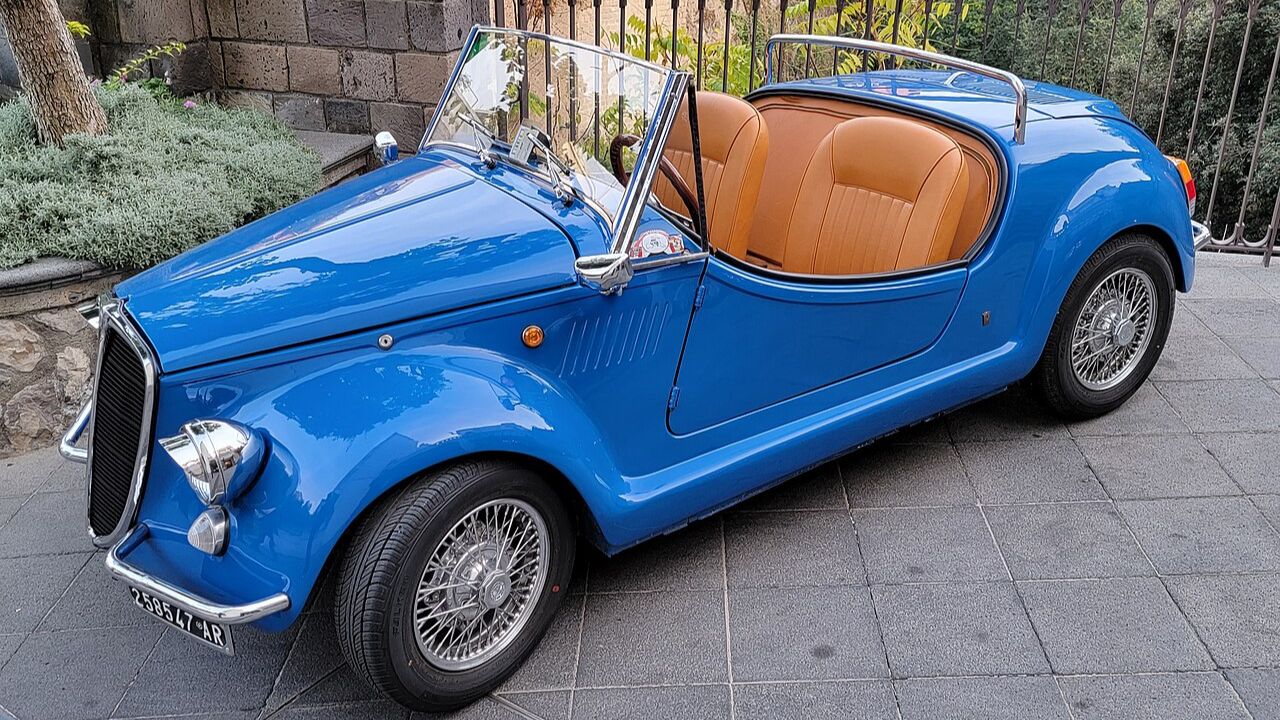
Nostalgia and Retro Revivals
Despite the shift towards neutral tones, the legacy of colorful car interiors endures. Some modern vehicles pay homage to the vibrant designs of the past, tapping into nostalgia for retro aesthetics. Limited edition models and custom vehicles occasionally offer bold color options, serving as a nod to the colorful past and offering consumers a taste of mid-century style.
For instance, the Mini Cooper and Fiat 500 have released versions with interiors that evoke the spirit of the 1960s and 70s. These retro revivals cater to enthusiasts who appreciate the charm and character of vintage design, illustrating the enduring appeal of colorful interiors.
Lessons for Contemporary Design
The era of colorful car interiors has left a lasting impact on automotive design, teaching manufacturers about the power of aesthetics in consumer appeal. Today, car designers strive to balance innovation and practicality, drawing from past lessons to enhance the driving experience. The use of color, texture, and material remains a critical consideration, with modern designs incorporating elements that reflect both contemporary trends and timeless elegance.
Manufacturers continue to explore new ways to integrate color into car interiors, using advanced materials and technologies to create unique and appealing designs. This ongoing evolution ensures that the lessons of the past continue to inform and inspire the future of automotive interiors.
Like Fast Lane Only’s content? Be sure to follow us.
Here’s more from us:
*Created with AI assistance and editor review.

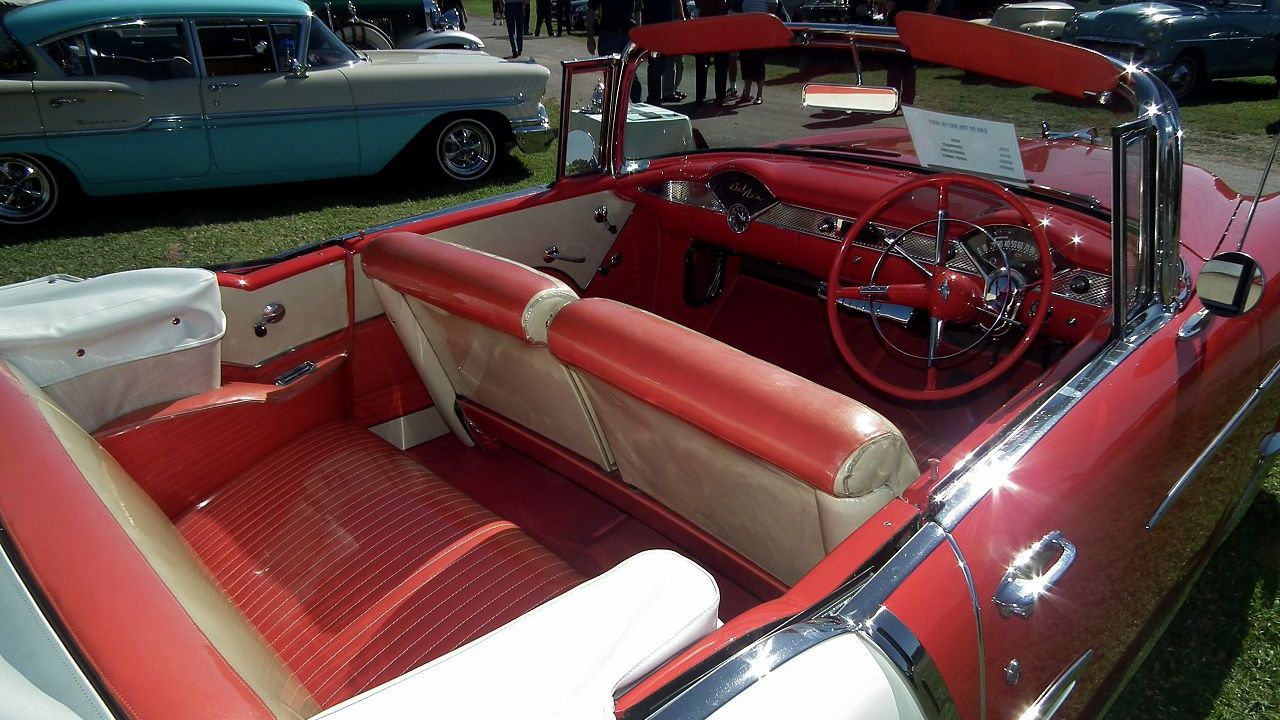
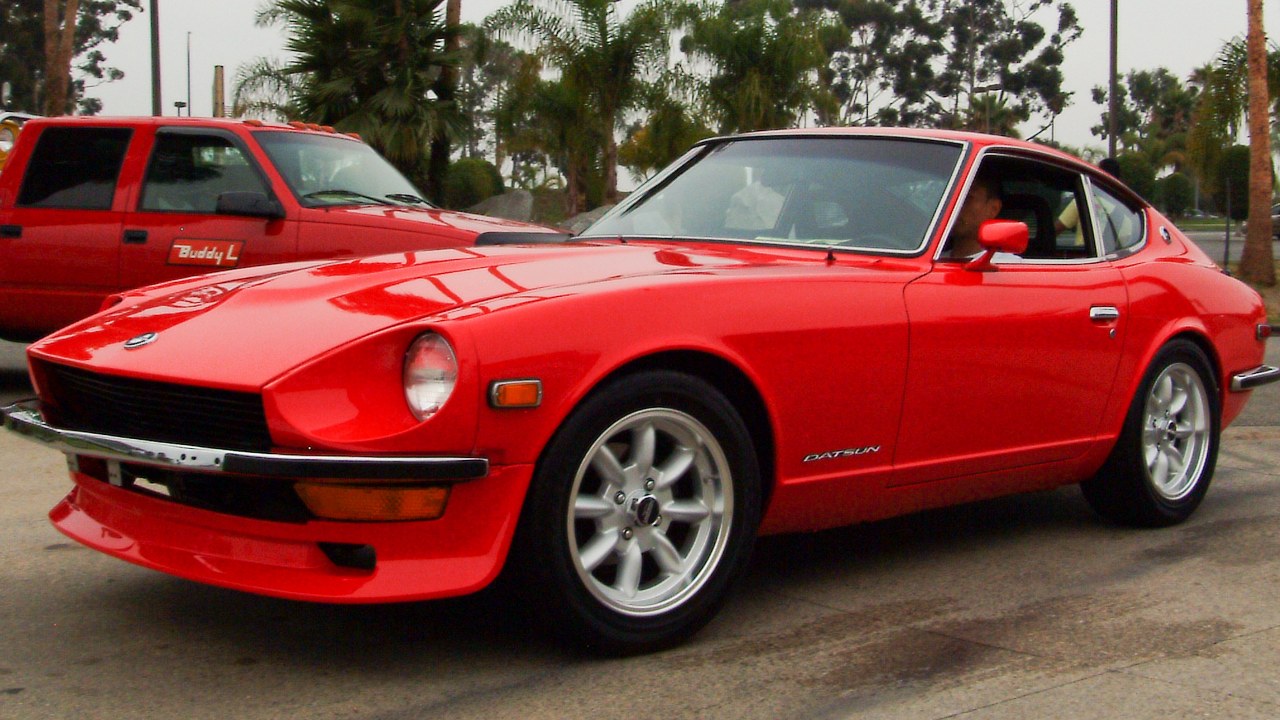
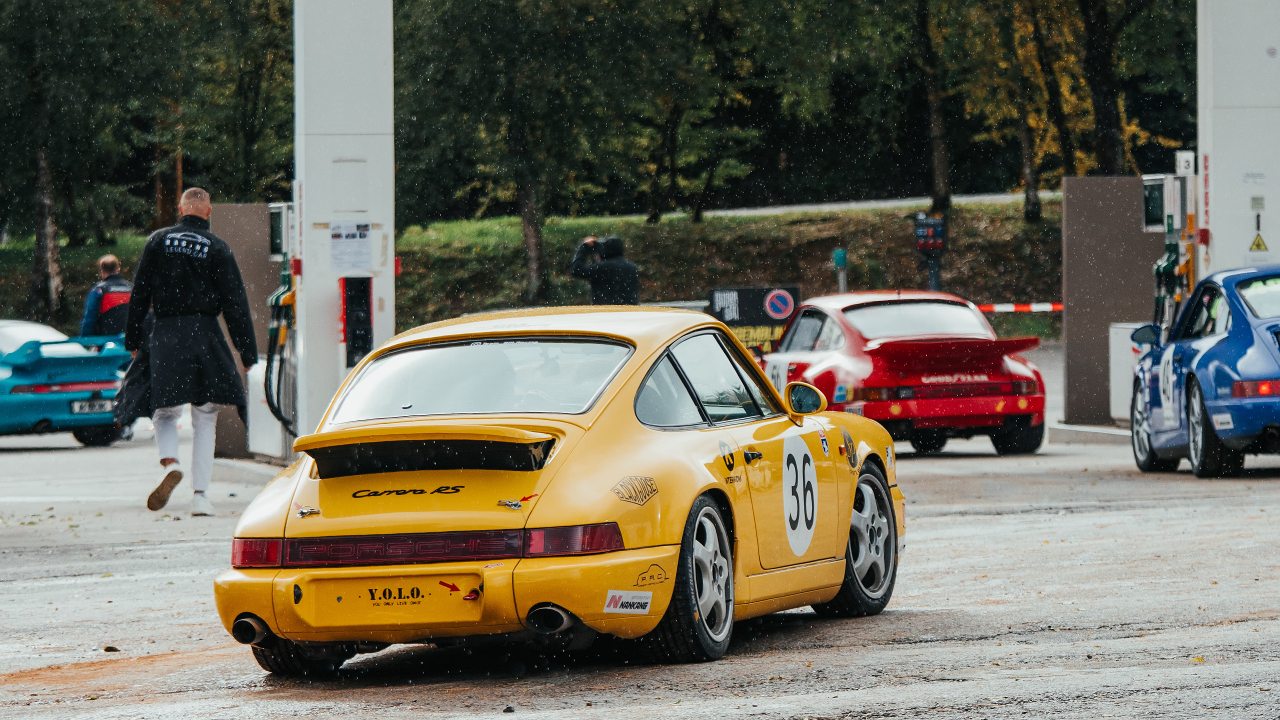
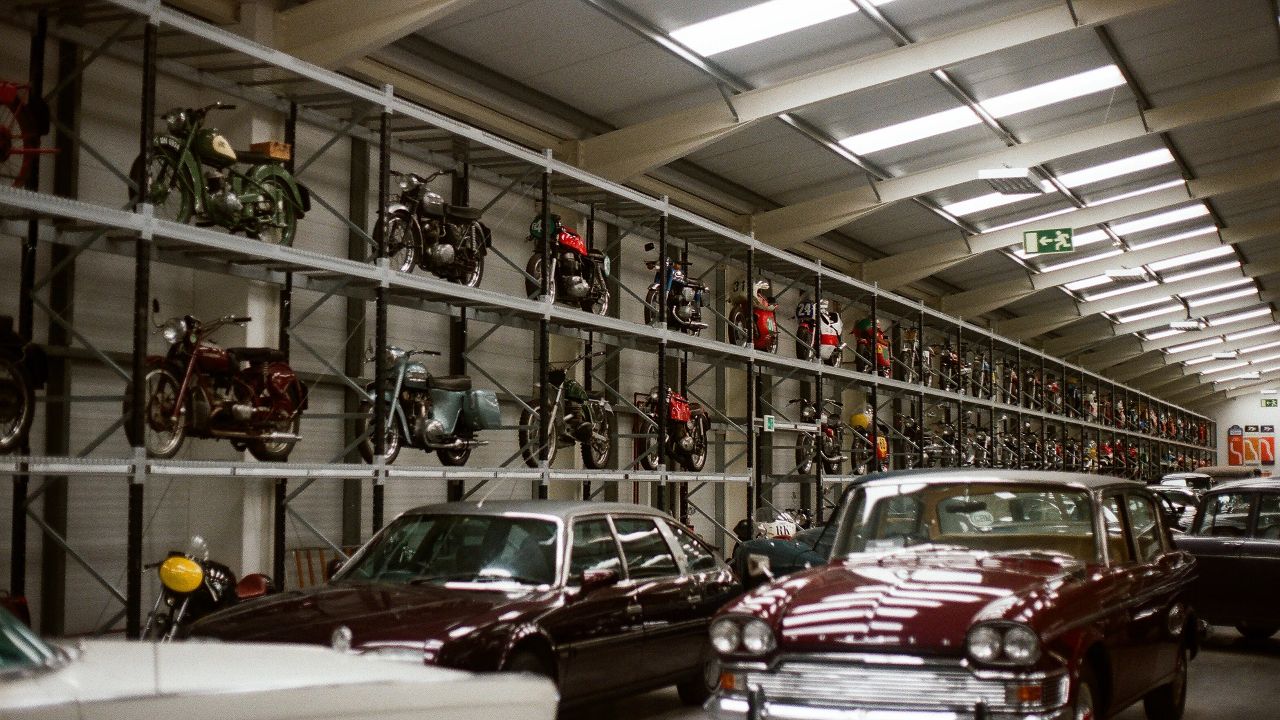
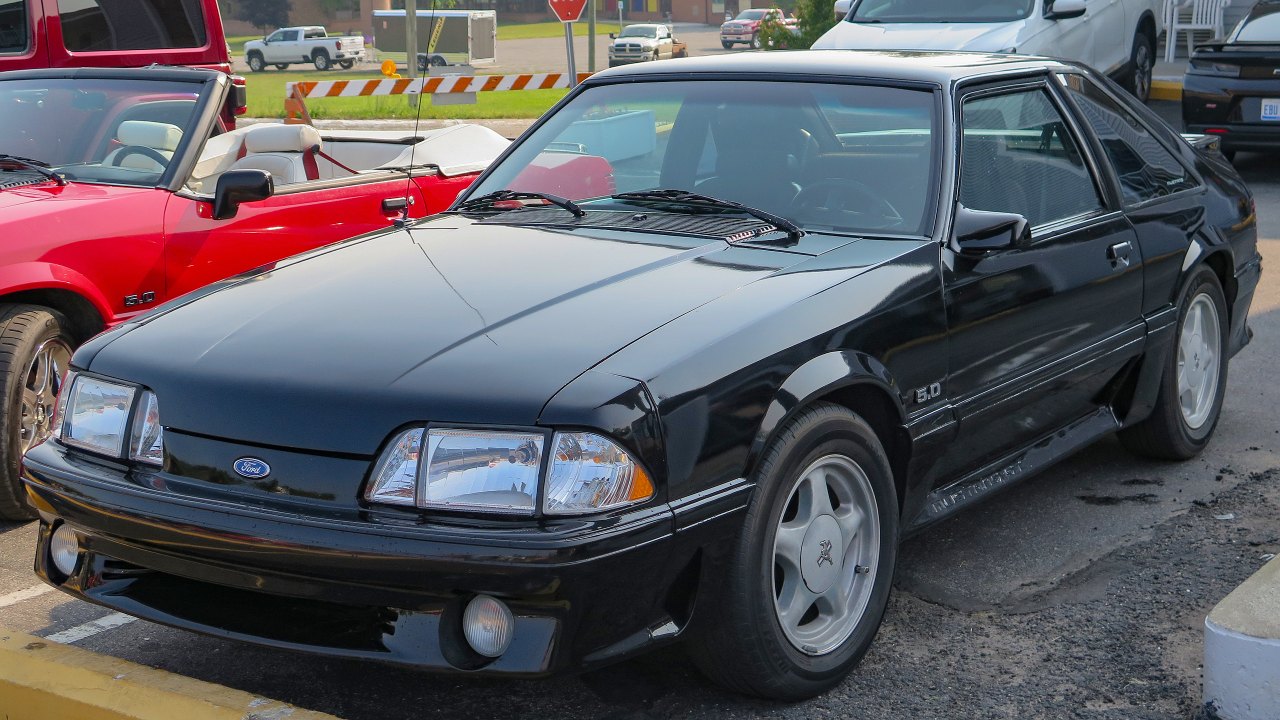
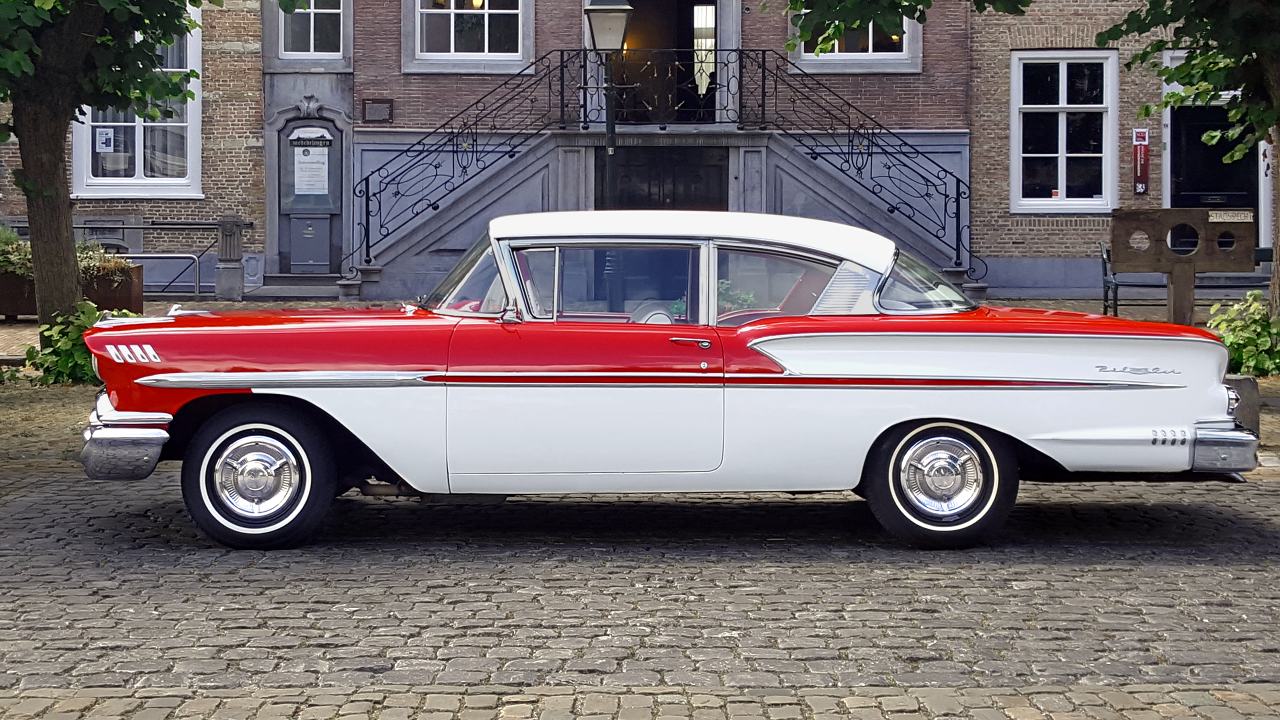
Leave a Reply